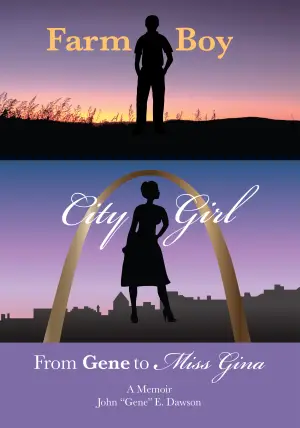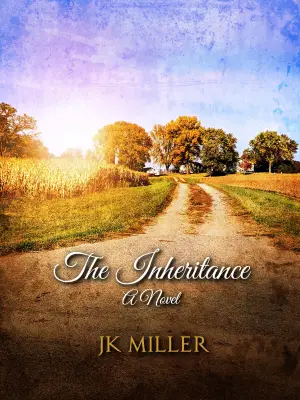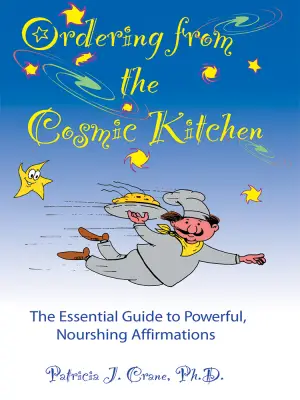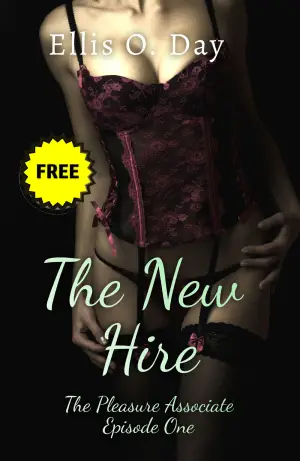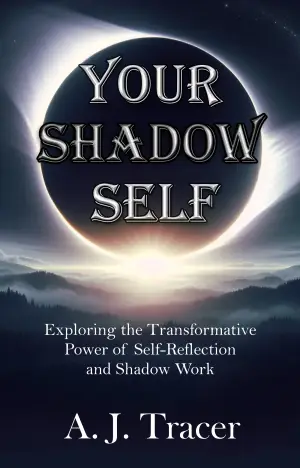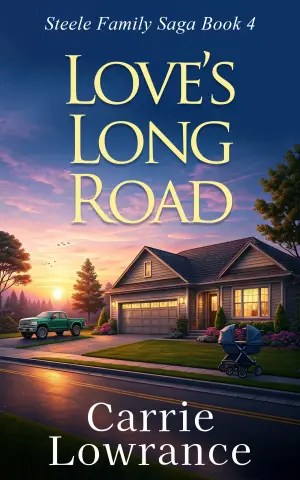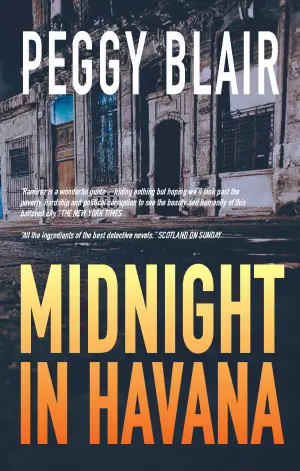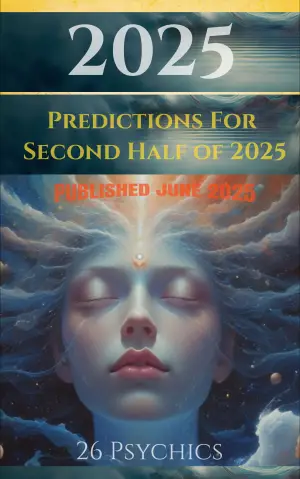A Deep Dive into the Twisted Kingdom: Review of Daughter of the Blood by Anne Bishop
If you’re anything like me, the allure of a dark fantasy wrapped in a provocative cover can be hard to resist. So when I stumbled upon Daughter of the Blood, the first installment in Anne Bishop’s The Black Jewels series, I was both intrigued and a little cautious. It promised matriarchal power dynamics and an imaginative world—I thought I was in for a ride that would challenge familiar tropes and perhaps offer a nuanced look at gender relations. What I didn’t anticipate, however, was the whirlwind of horror and discomfort that awaited me within its pages.
The world Bishop has constructed is undoubtedly captivating, but it’s built on an unsettling foundation, marked by themes of sexual violence, trauma, and pedophilia that make for a profoundly challenging read. The core characters—Daemon, Saetan, and Jaenelle—embark on journeys through this matriarchal society that, rather than breaking free from patriarchal stereotypes, contorts them into new, grotesque shapes. Daemon, a man enslaved by his own power, becomes emblematic of a narrative that, while intended to be subversive, often feels exploitative, overshadowing the potential for empowerment.
Bishop’s writing style vacillates between vivid imagination and disorienting chaos. The prose can be lush and immersive, drawing you into a world filled with magical terms and detailed landscapes. However, this depth often serves as a veneer for the darker elements of the narrative, with crucial world-building details obscured in the text’s fervent emotions. The pace jumps erratically, pulling us from enchanting scenes to disturbing encounters in what feels like a misguided attempt to showcase the highs and lows of life in this kingdom.
The representation of sexual violence within this story is arguably its most contentious aspect. While Bishop seems to aim for a critique of male violence through her depictions of female power, the result is a troubling mishmash of shock value that lacks sincerity. A discussion of sexual trauma can certainly occur within fantasy; however, it must be handled with care and depth, neither of which I felt were adequately present here. It’s challenging to appreciate the nuanced complexities of characters when their actions often lead to a representation of suffering that feels gratuitous rather than purposeful.
On a lighter note, certain moments in the narrative do shine through absurdity, providing a much-needed respite. The humorous interplay between Daemon and his brother Lucivar, with their playful banter of “Hello, Bastard” and “Hello, Prick,” brings levity amid the darkness. Additionally, scenes such as Daemon buttering toast with sensual intent—purely for the sake of curiosity—give a few chuckles that break the tension. Yet, these moments feel like pinpricks of light in an oppressive atmosphere.
In conclusion, Daughter of the Blood is not for the faint-hearted. It pulls readers through a labyrinth of trauma, manipulation, and strange power dynamics that can be both captivating and deeply disturbing. I would recommend this book to those who are aware of its content warnings and are prepared to grapple with its complexities, especially fans of dark fantasy who thrive on moral ambiguity and challenging narratives. For myself, this reading experience was both bewildering and eye-opening, revealing the depths of discomfort that can arise from uncalibrated ambition in storytelling. I walked away with a haunting sense of what this world could have achieved—had it pried into the potential for healing and growth rather than lingering in the shadows of transgression.
Discover more about Daughter of the Blood (The Black Jewels, #1) on GoodReads >>

